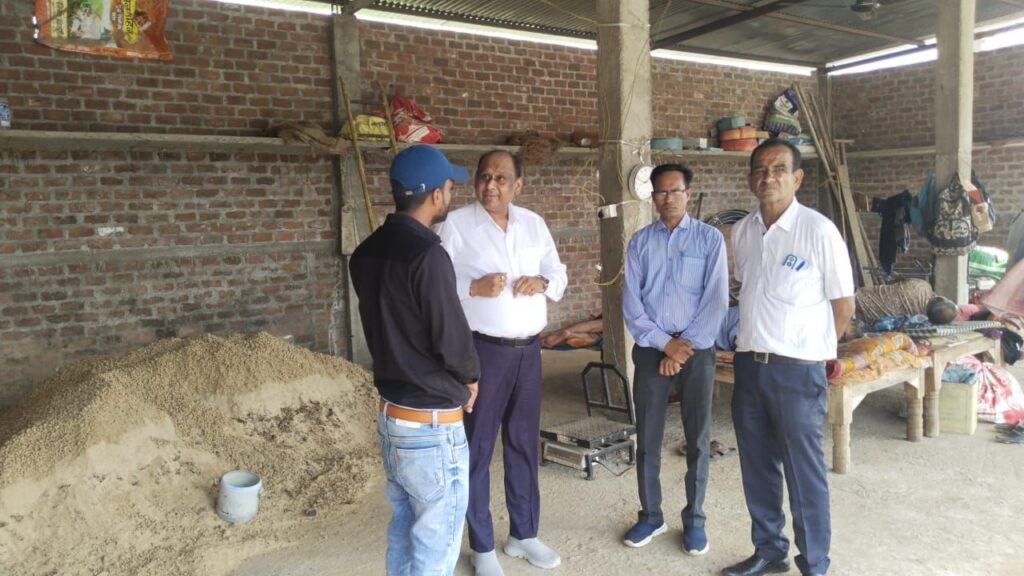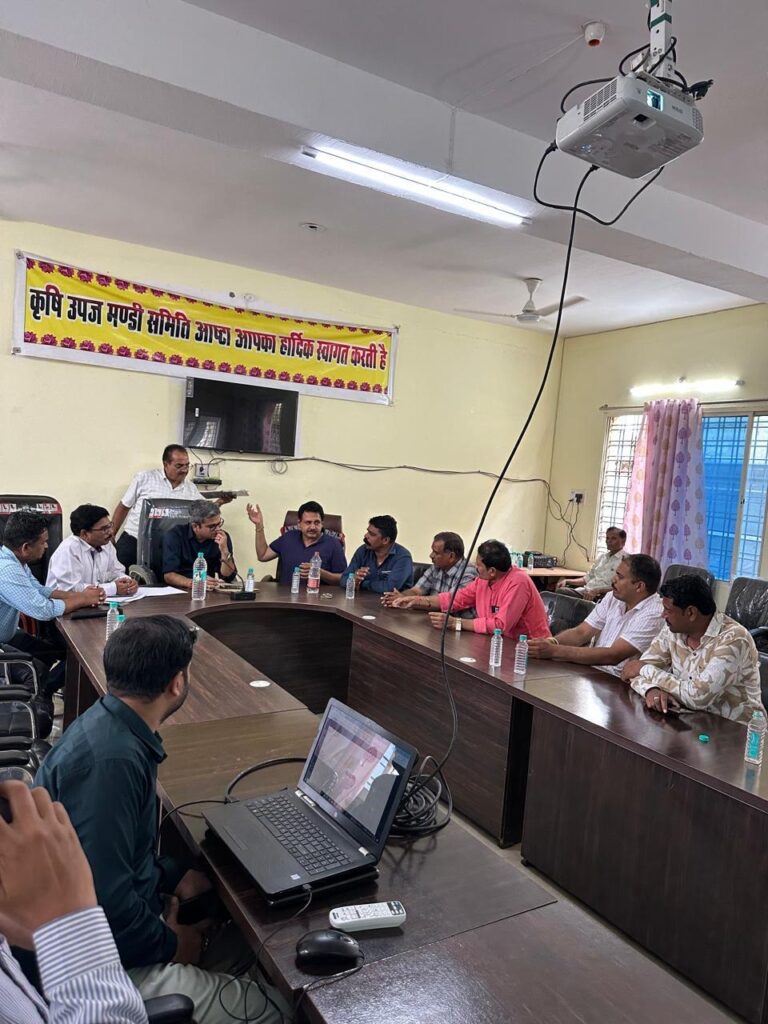Ever sent a DeFi transaction only to watch it fail halfway through? Yeah, me too. It’s frustrating, especially when you’re juggling multiple swaps or interacting with complex protocols. Something about the way Ethereum gas estimation works always felt a bit… off. Like, the gas you see upfront doesn’t always match what the network ends up charging. Hmm.
At first, I thought it was just network congestion throwing a wrench in the process. But actually, wait—let me rephrase that. The real culprit is how wallets and smart contract interactions estimate gas without fully simulating the transaction’s state changes ahead of time. This disconnect can lead to wasted ETH on failed transactions, or worse, getting stuck with partial state changes in certain layered protocols.
Here’s the thing: gas estimation is not merely a technical detail—it’s your first line of defense against costly errors. If your wallet or dApp can simulate the transaction and predict gas accurately, you can avoid those ugly “out of gas” errors or unexpected reverts. But this is where things get tricky, because smart contracts aren’t always straightforward beasts.
Let me dig into why pre-transaction simulation is becoming essential, especially for advanced DeFi users who actually care about security and efficiency. Spoiler: it’s not just about saving gas fees.
Wow! You’d think with all the progress in wallet tech, this would be solved by now.
So, the typical gas estimation flow relies on the Ethereum node’s `eth_estimateGas` call, which runs a call simulation on the current blockchain state and spits out a gas number. Sounds neat, right? But in practice, it’s often inaccurate because it doesn’t account for dynamic state changes happening between your estimation and the actual transaction mining.
On one hand, this makes sense—Ethereum can’t predict future state changes like pending mempool transactions or cross-contract calls that might alter gas consumption. Though actually, modern wallets are starting to bridge this gap by performing local transaction simulations that mirror actual execution paths more closely.
I stumbled onto the rabby wallet extension recently, which incorporates this simulation step before sending transactions. It’s a neat bit of tech that integrates gas estimation with security checks by simulating the entire transaction flow, including smart contract interactions, before broadcasting.
Seriously? This approach can flag potential failures or abnormal gas spikes ahead of time, letting you abort or tweak your transaction. That’s a big deal for those of us juggling DeFi positions or multi-step swaps.
Initially, I thought manual gas tweaking was enough, but no. Automated simulation adds a level of confidence that manual guesswork simply can’t match. It’s like having a rehearsal before the main event—catching mistakes without burning real ETH.
Okay, so check this out—smart contract analysis during this simulation phase can also detect suspicious behaviors. For example, malicious contracts might try to drain funds or exploit reentrancy bugs. Simulating the transaction locally can reveal weird state changes or unexpected transfers, acting as an early warning system.
That’s something wallets have overlooked for way too long. Most just estimate gas and hope for the best. But with DeFi protocols getting more complex, that hope feels very shaky.
Here’s what bugs me about many wallet interfaces: they show gas prices but rarely offer deeper insights into the contract’s behavior or potential risks. I’m biased, but I believe integrating pre-transaction smart contract analysis is the next step in wallet evolution.
And by the way, this doesn’t just help with failed transactions. It can prevent you from falling victim to front-running, sandwich attacks, or unexpected slippage caused by hidden contract logic. Simulating transactions reveals how the contract state changes, letting you adjust your parameters or timing accordingly.

Check this out—when you use the rabby wallet extension, you get a preview of the transaction’s gas cost and a security analysis report, right before you hit ‘confirm’. It’s like having a crypto bodyguard whispering “Are you sure about this?” in your ear.
Of course, it’s not foolproof. Gas estimation and simulation depend heavily on the local state and the node you connect to. Sometimes network conditions or pending mempool changes can still throw off predictions. Plus, smart contracts themselves can be obfuscated or use proxies, making static analysis harder.
Still, this is way better than flying blind. It’s a tool for the savvy user who wants to protect their funds and optimize transaction efficiency.
Something I wrestled with was the tradeoff between simulation speed and accuracy. Simulating every step, especially with DeFi protocols involving multiple contracts, can increase latency. But the user experience has improved a lot recently, making it a worthy compromise.
Also, the fact that this kind of tech is baked into a user-friendly extension means more people can access it without deep technical knowledge. That’s huge for mainstream adoption while keeping advanced users happy.
Anyway, I’m curious—do you think pre-transaction simulation will become a standard feature in all wallets soon? Or will it remain a niche tool for power users? I’m leaning towards the former, but I’m not 100% sure.
To wrap this mental loop, gas estimation paired with smart contract analysis through pre-transaction simulation is no longer a “nice to have” but a necessity for anyone serious about DeFi security and efficiency. Wallets like the rabby wallet extension are leading this charge, and honestly, I hope more follow.
So next time you’re about to send a complex transaction, remember—there’s a richer story behind that simple gas number. Taking a moment to simulate and analyze can save you time, money, and a whole lot of headaches.





